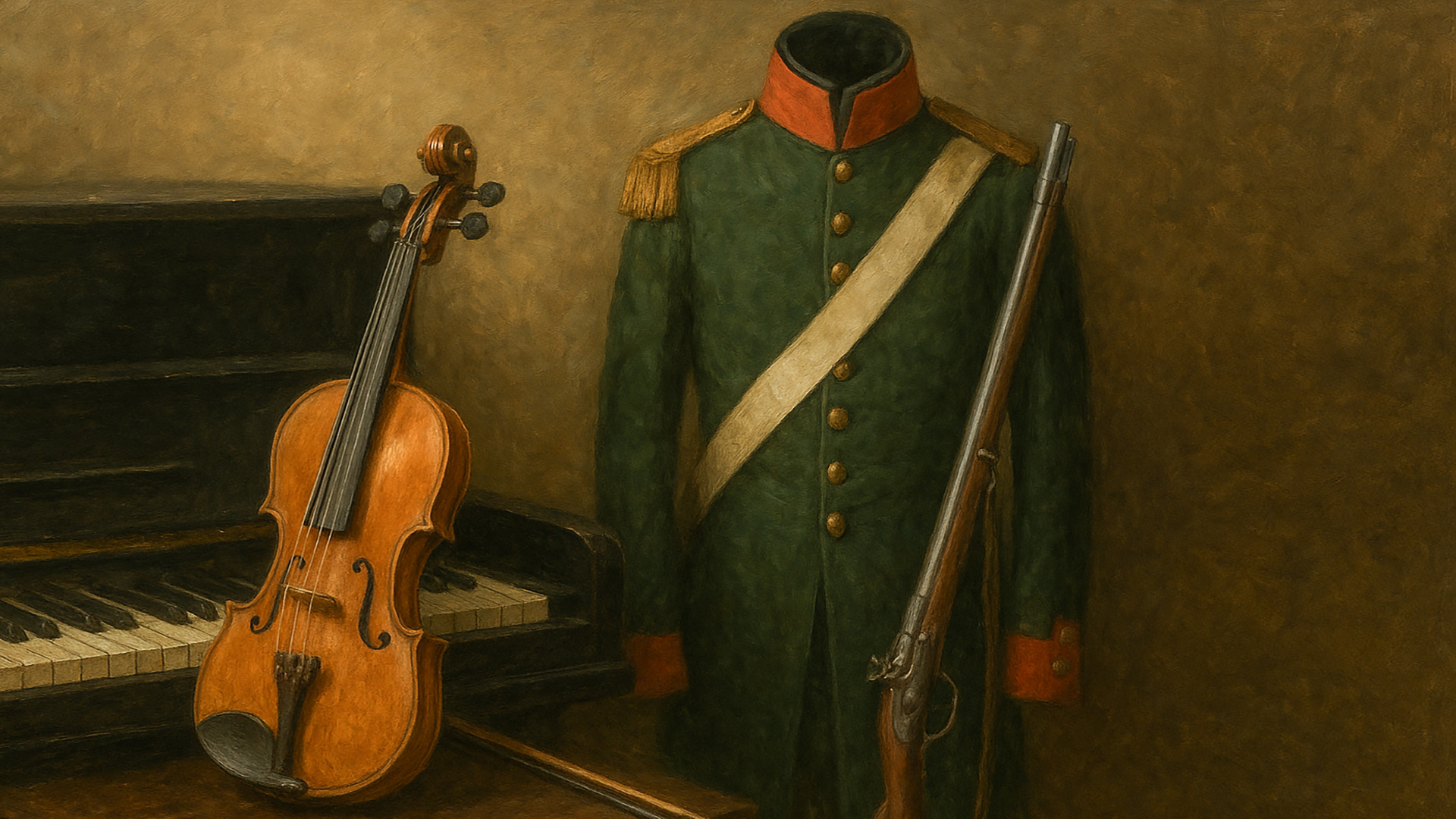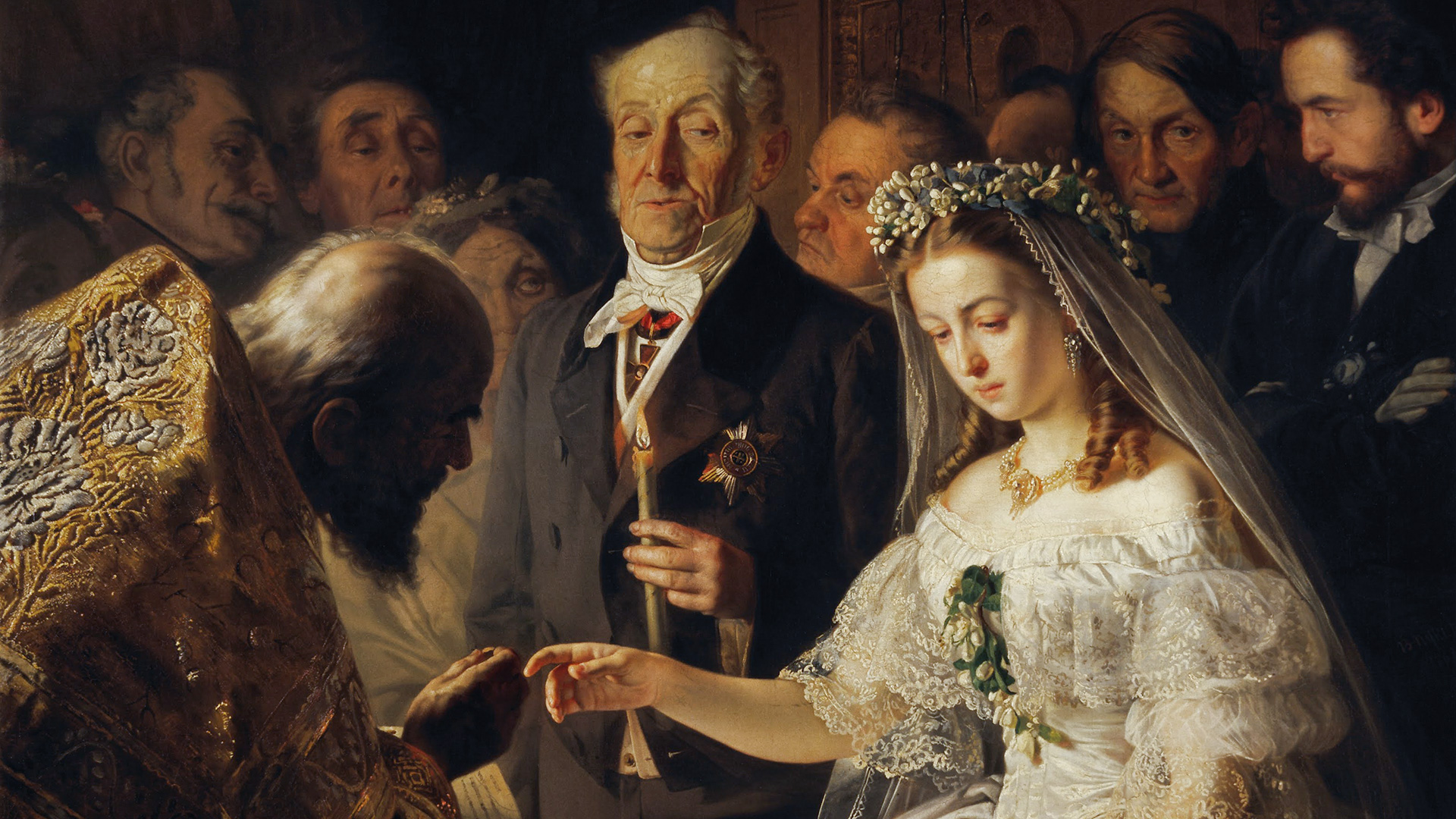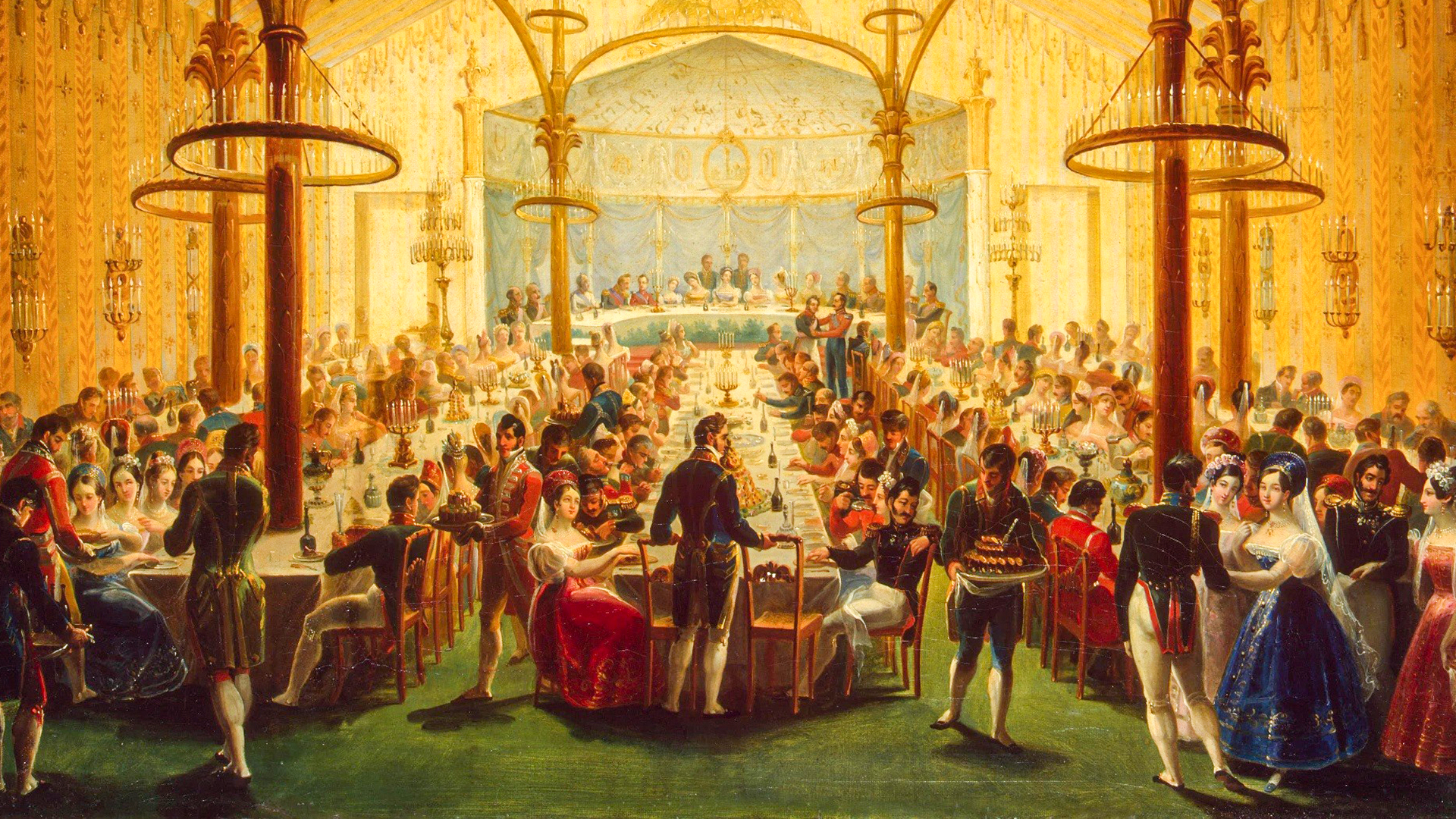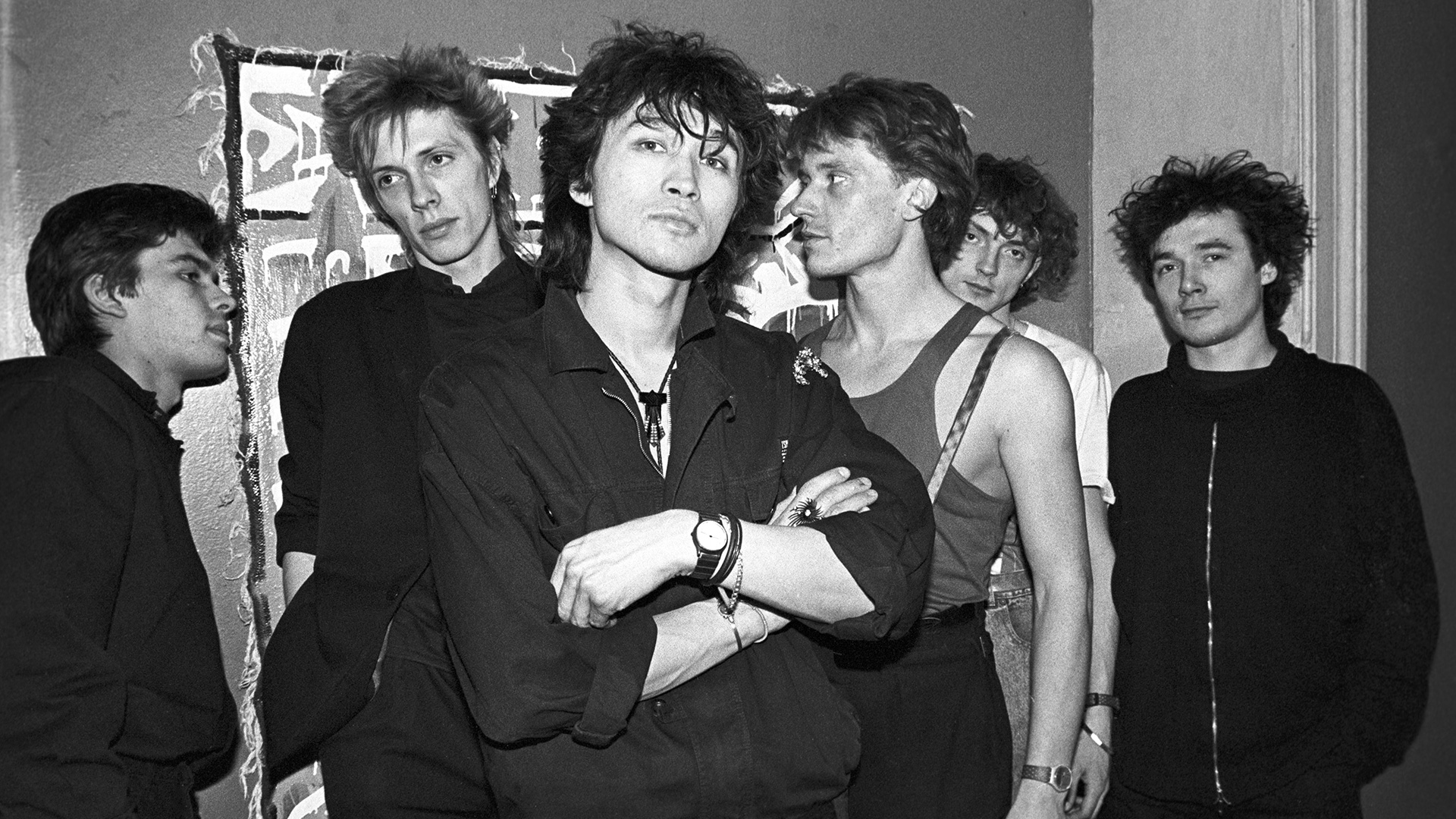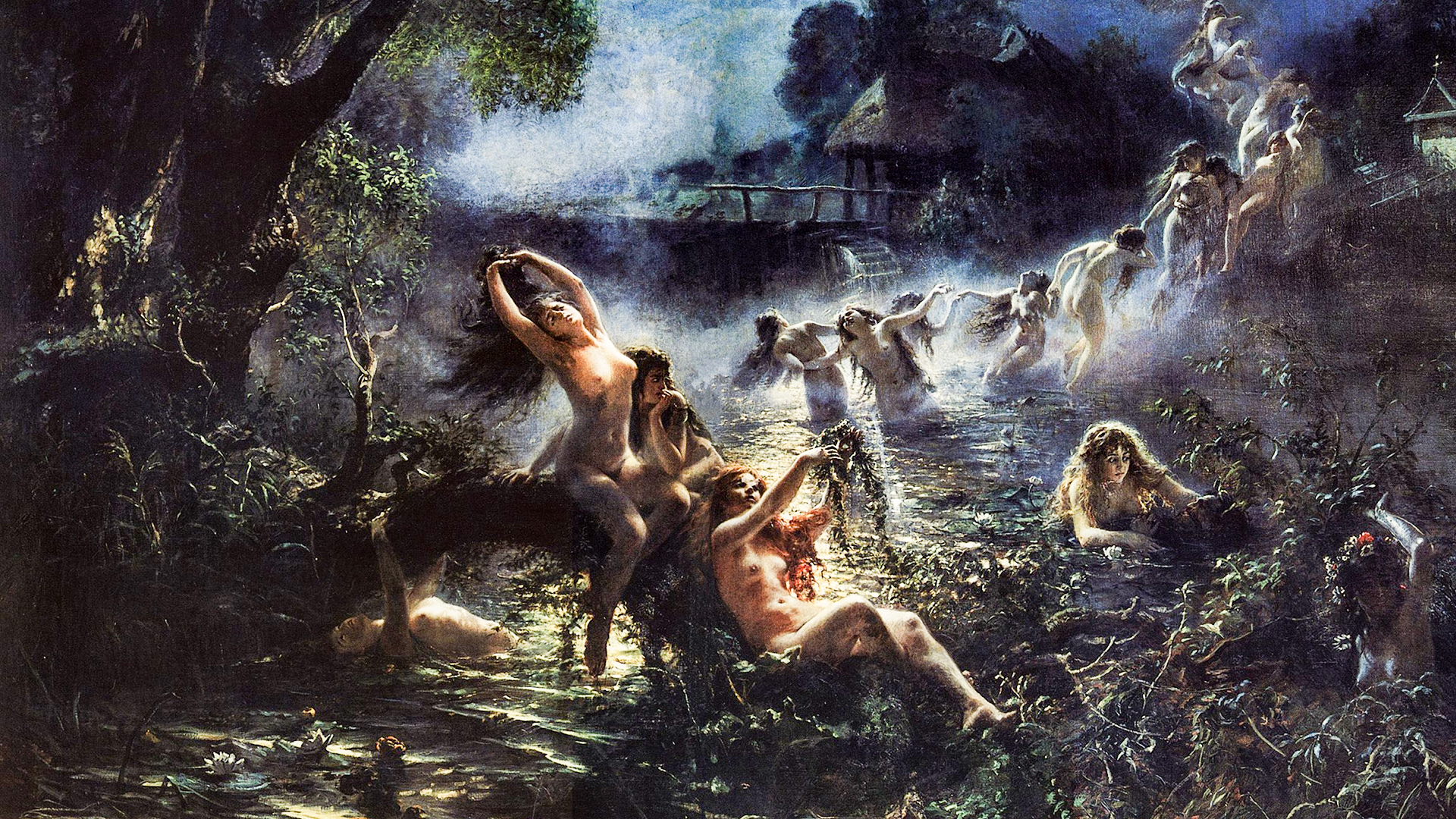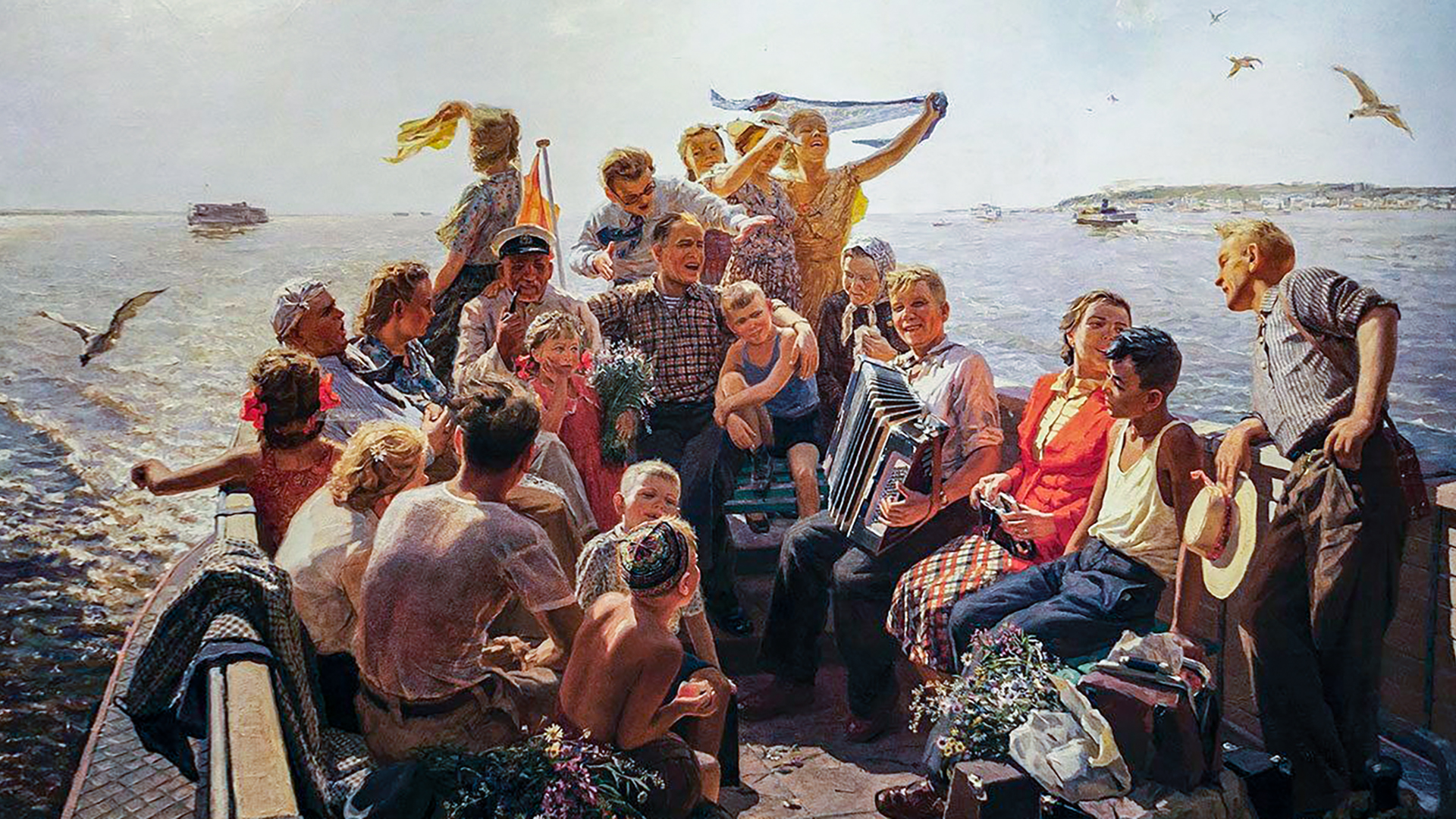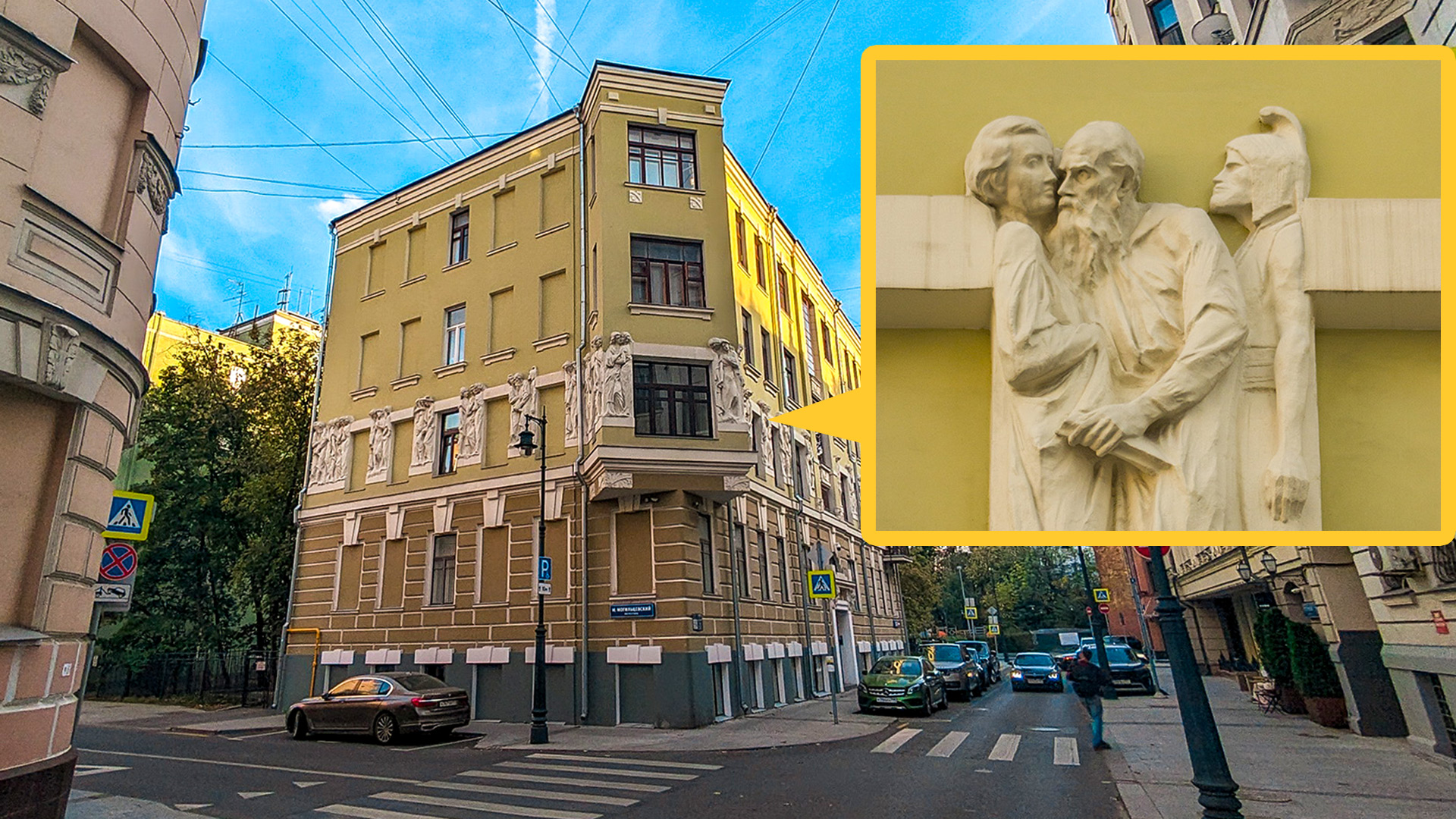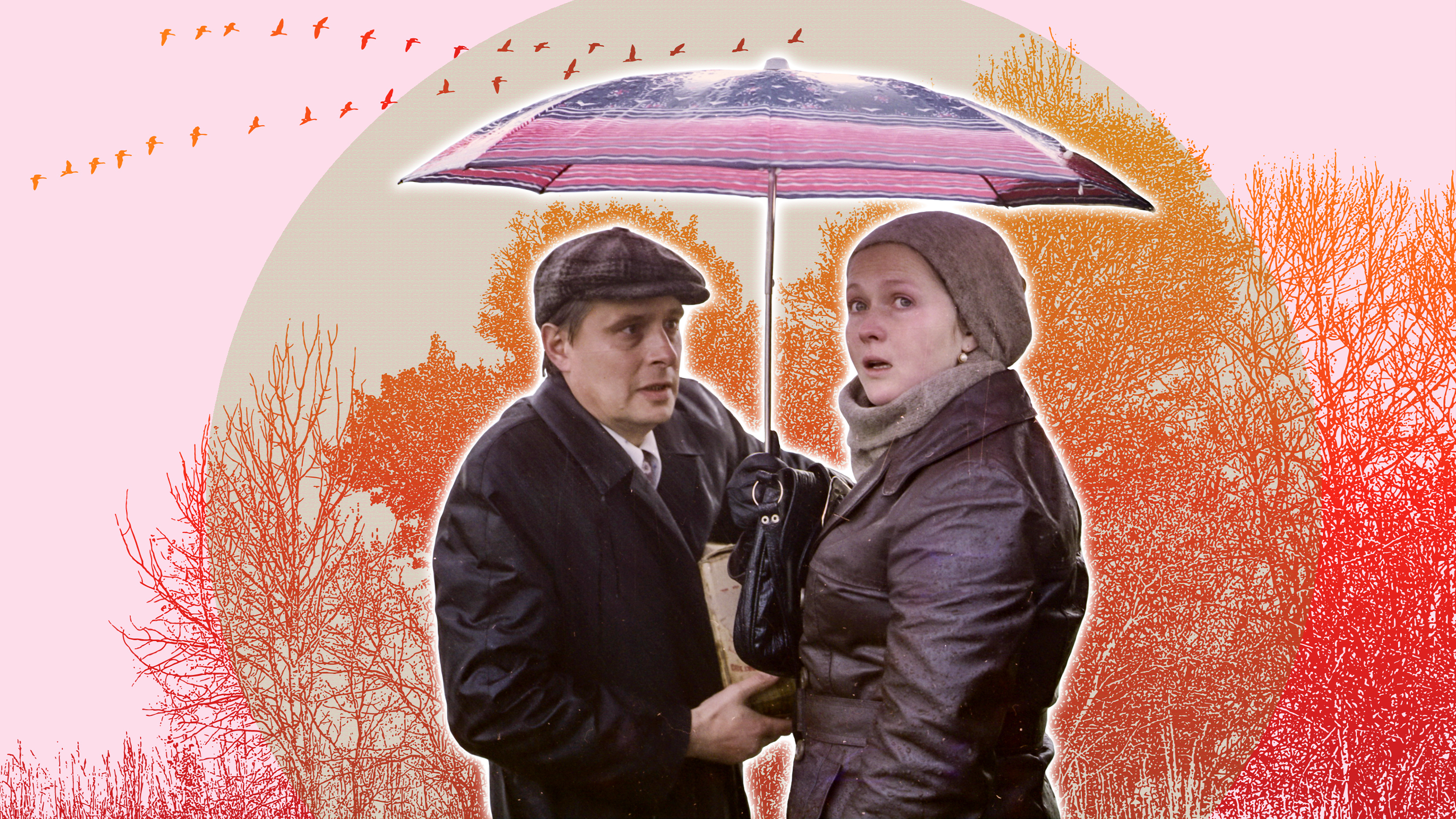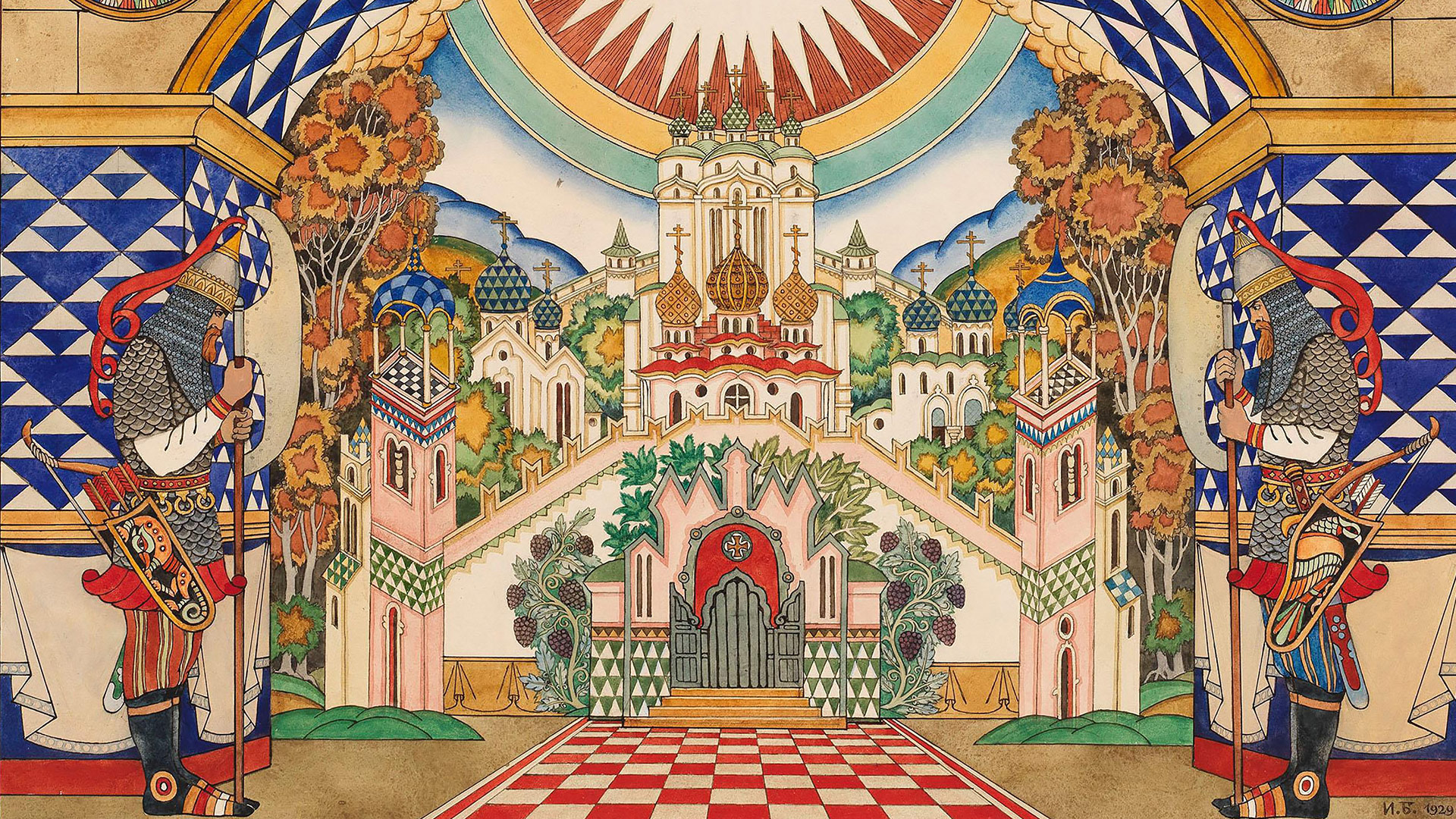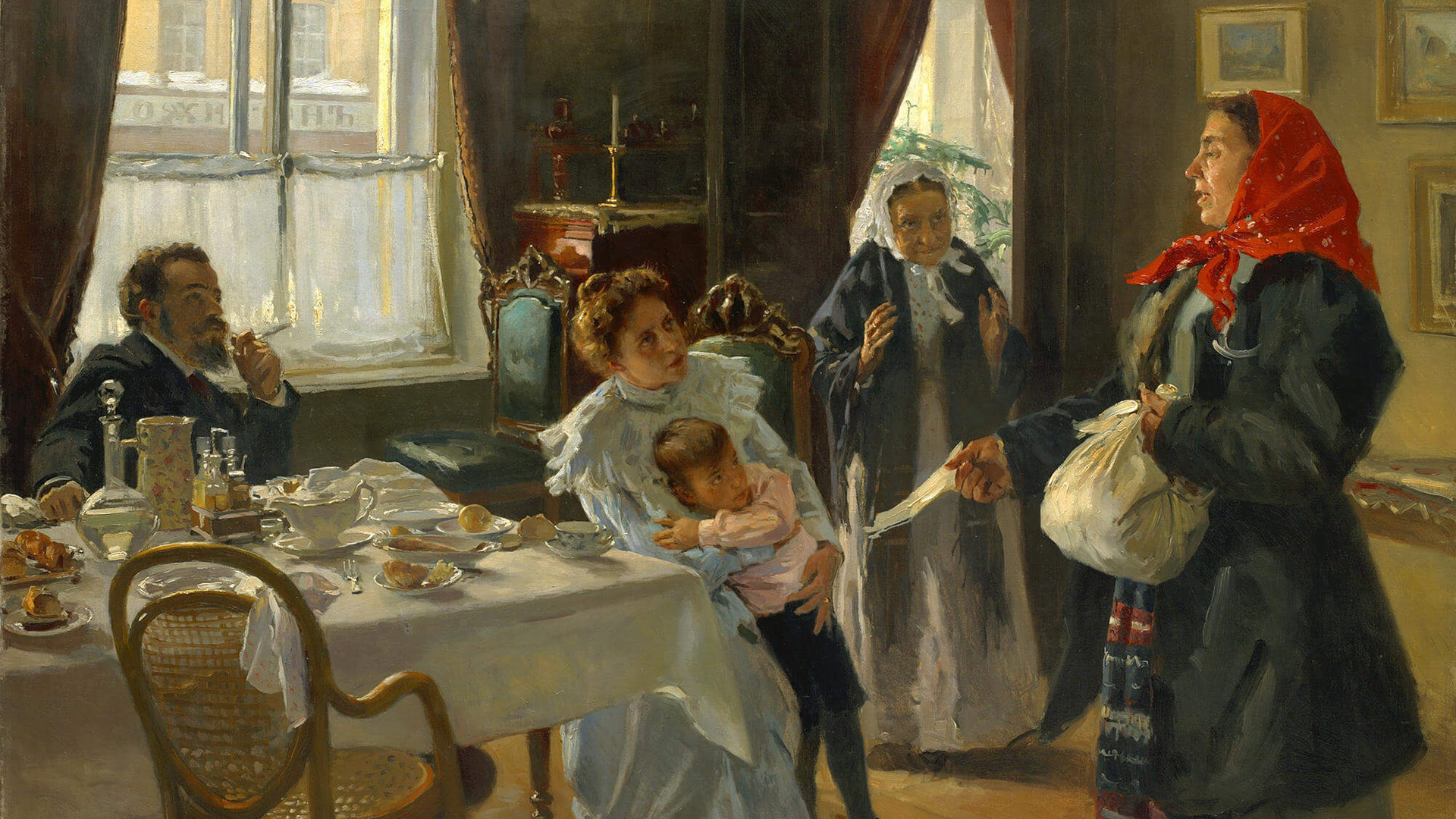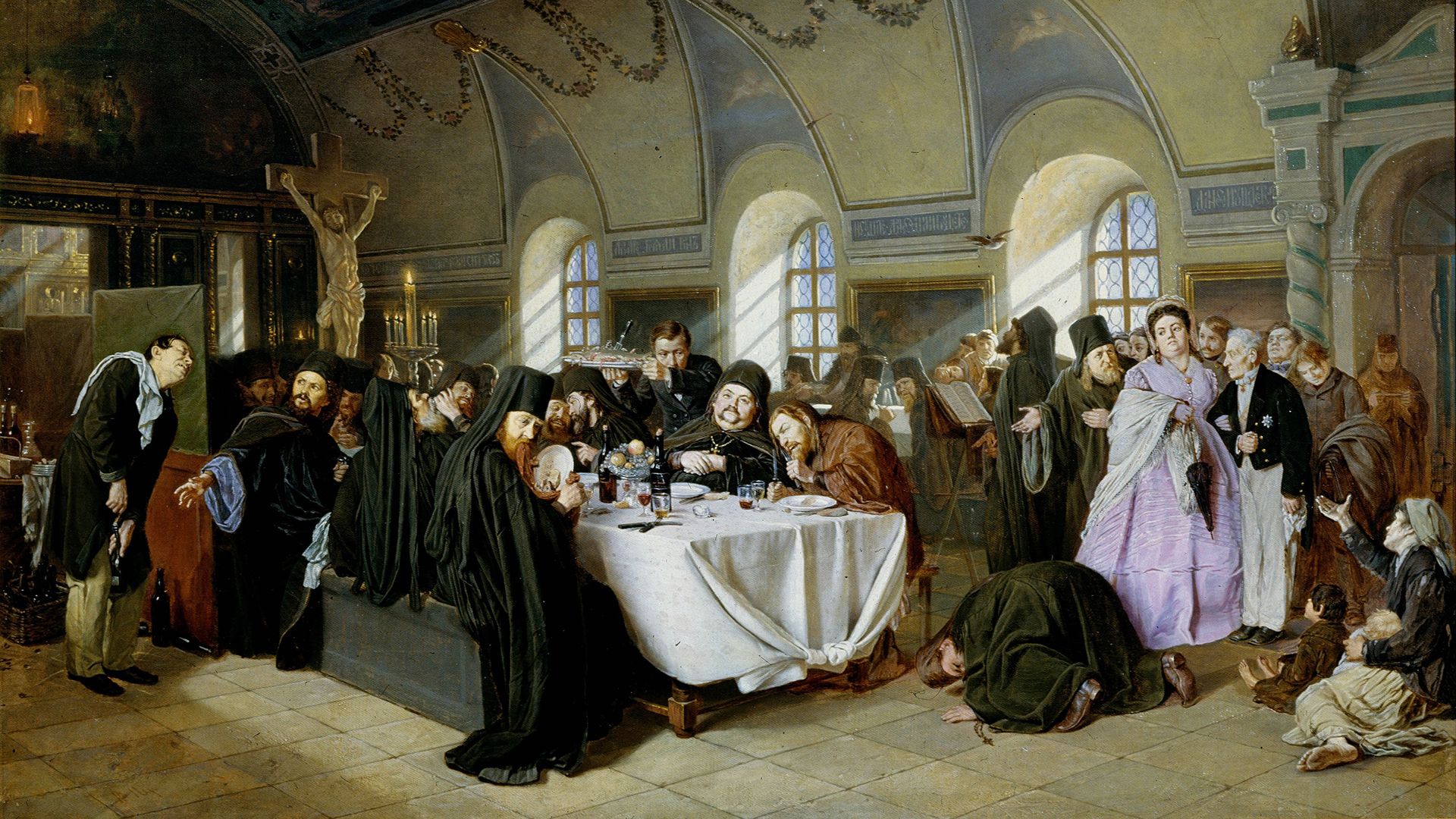
10 works by Karl Bryullov that you need to know (PICS)

The Bryullov family lived for art: Karl’s grandfather, father and brothers were all artists. He, himself, took his first steps in painting under the guidance of his father. Already at the age of 10, he entered the Academy of Arts and soon became the first in his studies: while the adult students copied the works of the classics, young Bryullov was allowed to create independently.
1. ‘The Appearance of God to Abraham at the Oak of Mamre in the form of three angels’, 1821

He also received a small gold medal from the academicians for his student painting ‘Narcissus Looking into Water’.
And, for his graduation work ‘The Appearance of God to Abraham at the Oak of Mamre in the form of three angels’, a Large Golm Medal and a trip to Italy.
2. ‘Italian Midday’, 1827

The artist had a passionate and fruitful affair with this country. It was there that he began to paint genre paintings. One of his first works was ‘Italian Morning’, which the Imperial Society for the Encouragement of Artists presented to Empress Alexandra Feodorovna. The tsar wanted to receive a paired painting – that is how ‘Italian Midday’ appeared.
3. ‘Horsewoman’, 1832

In Italy Karl met Countess Julia Samoilova, who became his lover and muse. At her request he painted the famous ‘Horsewoman’, on which he depicted her adopted daughters Amalicia and Giovanina Pacini. By the way, in the painting ‘The Last Day of Pompeii’, Samoilova appears in four different images.
4. ‘Bathsheba’, 1832

‘Bathsheba’ was the first work he painted using a model. His desire to create on his canvases “perfection and triumph of the universe” almost played a cruel joke on him: at some point, Bryullov realized that he was not satisfied with the result and threw a boot at the painting.
5. ‘Portrait of Grand Duchess Elena Pavlovna with her daughter Maria’, 1830

In Italy, Bryullov also became famous as a portrait painter. In 1829, Grand Duchess Elena Pavlovna came to Rome – the artist accompanied her during her visit to the Vatican Art Gallery. She was a patron of art and commissioned the artist to paint her portrait.
6. ‘The Last Day of Pompeii’, 1830-1833

In the Summer of 1827, Bryullov went to study the ruins of Pompeii, which made a great impression on him and inspired him to create a painting about the tragedy of the ancient city. He threw himself into the work: in total, it took six years.
In 1833, the painting caused a furore in Milan, then in Paris and then it was sent to St. Petersburg, where it was presented to Nicholas I.
7. ‘Fortune-telling Svetlana’, 1836

Bryullov returned to Russia in 1836. He was received with honors and everyone wanted to meet the author of ‘The Last Day of Pompeii’ and order a painting from him. Having visited the writer Antoni Pogorelsky on Christmas Eve, he was impressed by the folk rituals. Vasily Zhukovsky's ballad ‘Svetlana’ prompted the plot – this is how the romantic ‘Fortune-telling Svetlana’ appeared.
8. ‘Portrait of Countess Julia Pavlovna Samoilova, leaving a ball with her adopted daughter Amacilia Pacchini (Masquerade)’, no later than 1842

He taught at the Academy of Arts in St. Petersburg, created a series of portraits of figures of that time, including Vasily Zhukovsky. The latter commissioned him to raise funds to buy poet Taras Shevchenko from serfdom.
In the late 1830s, Countess Samoilova also returned to Russia. The wayward beauty attracted everyone's attention with her free-spirited behavior. At that time, Bryullov experienced an unsuccessful marriage that lasted only two months and the countess gave him her patronage, knowing that divorce was viewed negatively in society.
9. ‘Our Lady in Glory’, 1843-1848

In 1843, the artist began work on the paintings of the dome of St. Isaac's Cathedral. Relations with architect Auguste Monferrand did not go well – he succeeded in getting Brullov fired. But, the highest patronage helped: Grand Duchesses Elena Pavlovna and Maria Nikolaevna helped to return the order. The work was incredibly large-scale – the artist had to fill 816 square meters with paintings!
10. ‘Self-Portrait’, 1848

The strenuous work undermined the artist's health and he went abroad for treatment with the emperor's permission. Nicholas I sympathized with the painter and ordered that his salary at the Academy be paid to him for a year in advance. Bryullov visited Madeira, Spain, and, in 1850, returned to his favorite Italy. There, in the suburbs of Rome, in 1852, he passed away.
*You can see even more of the artist's paintings at the Russian Museum at the ‘Great Karl’ exhibition, which runs through May 12, 2025.


